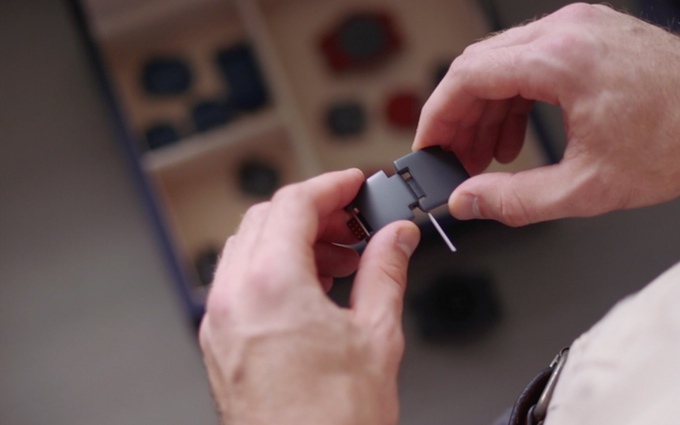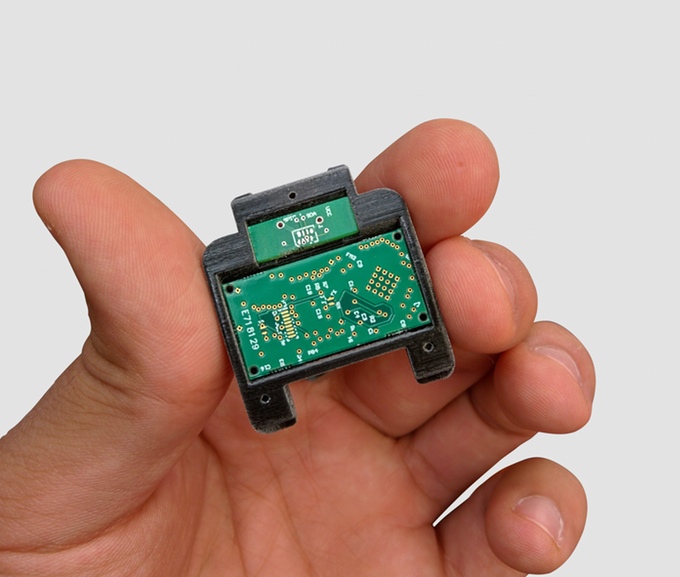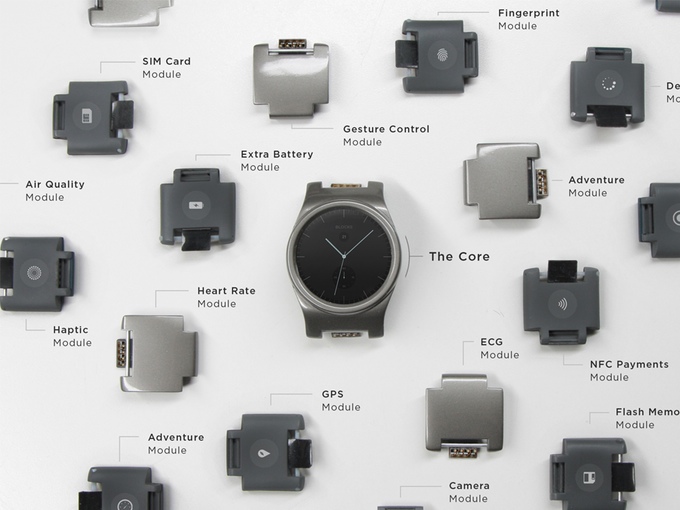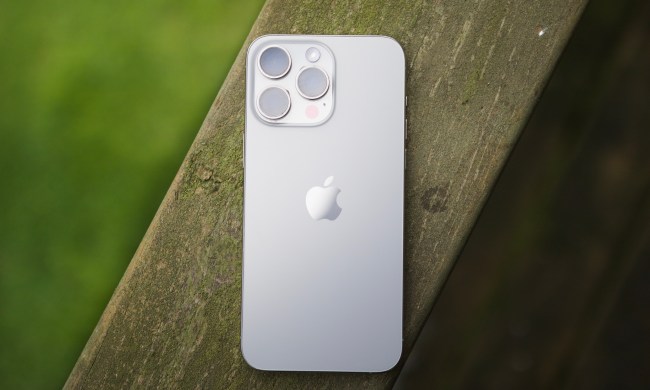Like Google’s Project Ara smartphone, Blocks is a modular device; but rather than another phone, it’s a smartwatch. We first heard about it as a prototype last year, but there was no word on when it would go into production. The good news is, it’s now available to pre-order on Kickstarter, and it’s getting ever closer to being on your wrist. Here’s what you need to know about it.
Updated on 11-10-2015 by Andy Boxall: Added in news of network support in the UK and U.S., and more information on the first modules.
Crowd-funding campaign kicks off
The Blocks team kicked of its Kickstarter campaign on October 13, providing us with all the information on the device, and the various rewards given to backers. Since then, it has passed its $250,000 funding goal, raising more than a $1 million in a week.
For a pledge of $195 or more, you get one of the first Blocks smartwatches, and it should ship around May, 2016. It’ll only have the Core system and a basic watch strap, though, which includes the following tech:
- A round color touchscreen display
- Wi-Fi and Bluetooth
- A microphone for voice controls
- A battery that should last 1.5 days
- Sensors for activity tracking
While these basics may satisfy some people, most of those who want a modular smartwatch are probably more interested in the other modules you can get from Blocks. At the start of the campaign, Blocks has several modules you can add to customize your watch, and it plans to add more in the near future.
Right now, you can get the following:
- Extra Battery Module – Up battery by 20 percent with each module.
- Heart Rate Module – Track your heart rate with an extra sensor.
- GPS Module – Get location-tracking sans smartphone.
- NFC Payment Module – Make mobile payments on the fly.
- Adventure Module – Includes altitude, pressure, and temperature sensors.
For those who missed out on the Kickstarter specials, the higher-priced options for a Core unit with four modules are still a good deal. Blocks says the full retail price of the Core unit will be around $260, while a watch with four modules will retail for about $400. You can check out the whole campaign here and see Blocks’ website here.
Blocks announces new agreements
Just under a month into its crowdfunding campaign, Blocks announced several agreements, showing it’s attracting plenty of support outside of eager Kickstarter buyers. In the UK, the EE network will provide the watch with its cellular connectivity — through a dedicated module, one would expect — while in the U.S., AT&T will take care of coverage. The built-in tri-LED heart rate sensor will be supplied by Pixart, makers of the smallest heart rate monitor in the world.
Additionally, British fashion and jewelry brand Tateossian has signed on to make removable covers for the Blocks modules, which will apparently come in a variety of colors, and be made from different materials. Customization is key to Blocks success, so this is an important collaboration. You can see some of Tateossian’s early designs and concepts above.
The Android operating system is based on a version from Cronologics — which is like smartphone spinoff Cyanogen, but for smartwatches — and is an open platform, with 1,500 developers already coming up with apps for the watch. In April next year, Blocks will release an SDK to further drive app development.
Blocks modular smartwatch will run Android

Blocks takes a base watch unit and allows users to add various modules as they see fit to create their vision of the perfect watch. Modules could offer enhanced battery life, fingerprint sensors, heart rate monitors, and more.
The watch is expected to be powered by a Snapdragon 400 processor chipset, while various modules will utilize low-power ARM chips, a clever way to manage power consumption. Blocks will run Android, but unlike most watches, it won’t be running Android Wear. Instead, the watch will run Android Lollipop, which is an interesting decision to say the least, though the company has its reasons.
“For example, Android Wear does not support cellular connectivity, at least yet,” co-founder Alireza Tahmasebzadeh told TechCrunch. “That’s why we are basing Blocks on a version of Android Lollipop, optimizing it for power consumption, changing the User Interface for a circular display, and adding the necessary changes to Android’s Linux kernel to reflect modularity.”
The company also wants to ensure that its smartwatch is compatible with both Android and iOS devices. The majority of the most difficult work is already done, according to the company. All that’s left is to finalize the hardware modules and work on optimizing the operating system. The team expects to ship the watches by May of 2016.
Previous updates:
Updated on 10-13-2015 by Malarie Gokey: Added in all the info from the Blocks crowd-funding campaign.
Updated on 10-12-2015 by Andy Boxall: Added in news of a Blocks crowd-funding campaign, and a teaser video.










